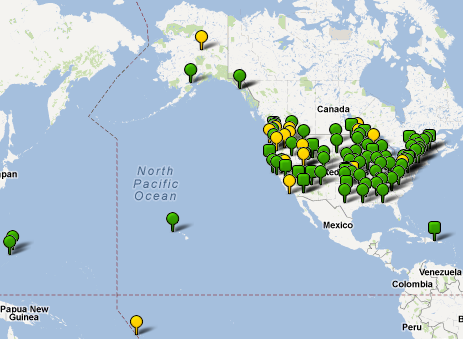Data Exchange Description
Institutional controls (IC) are non-engineered instruments, such as administrative and legal controls, that help minimize the potential for human exposure to contamination and protect the integrity of a remedial action. ICs can reduce exposure to contamination by limiting land or resource use and guide human behavior at a site. ICs are primarily used when residual contamination remains onsite at levels that does not allow for unrestricted exposure after cleanup. ICs are also used to supplement engineering controls (EC), which encompass a variety of engineered and constructed physical barriers to contain or prevent exposure to contamination on a site. In some cases, ICs are used to address existing contamination while remedial action remains ongoing. ICs are rarely, however, the sole remedy at a site.
An IC data standard was first released in 2006 as a product of the Environmental Data Standards Council. The standard was applied toward the development of Missouri’s state environmental management system, and also developed partially into an IC XML schema by California Department of Toxic Substances Control. More states now inventory ICs in databases, many of which provide public-facing displays. Enforcement interest in ICs has grown from merely inventorying ICs toward evaluation of their effectiveness. This is evidenced by States that periodically monitor ICs or that assign affirmative obligations to landowners or responsible parties to report on IC obligations and effectiveness.
In 2013, an Integrated Project Team led by the Ohio Environmental Protection Agency, the Indiana Department of Environmental Management, the EN Coordinator, and the Environmental Council of the States developed the implementation resources necessary to allow Partners to publish IC data via the Exchange Network using a standardized data format. The IC data may also embed EC data. The IC Data Exchange provides both Query and Solicit services. No data processing services are required. The data publishing services will support both REST and SOAP service requests.
July 08, 2013 Webinar
On July 8, 2013, the Network Technology Board sponsored an Open Conference Call to review the Institutional Controls Data Exchange.
The webinar presentation slides are available here.
Version Notes
Status: Supported
The IC schema and supporting documentation have been approved for use on the Exchange Network. The most current version is v1.0.

